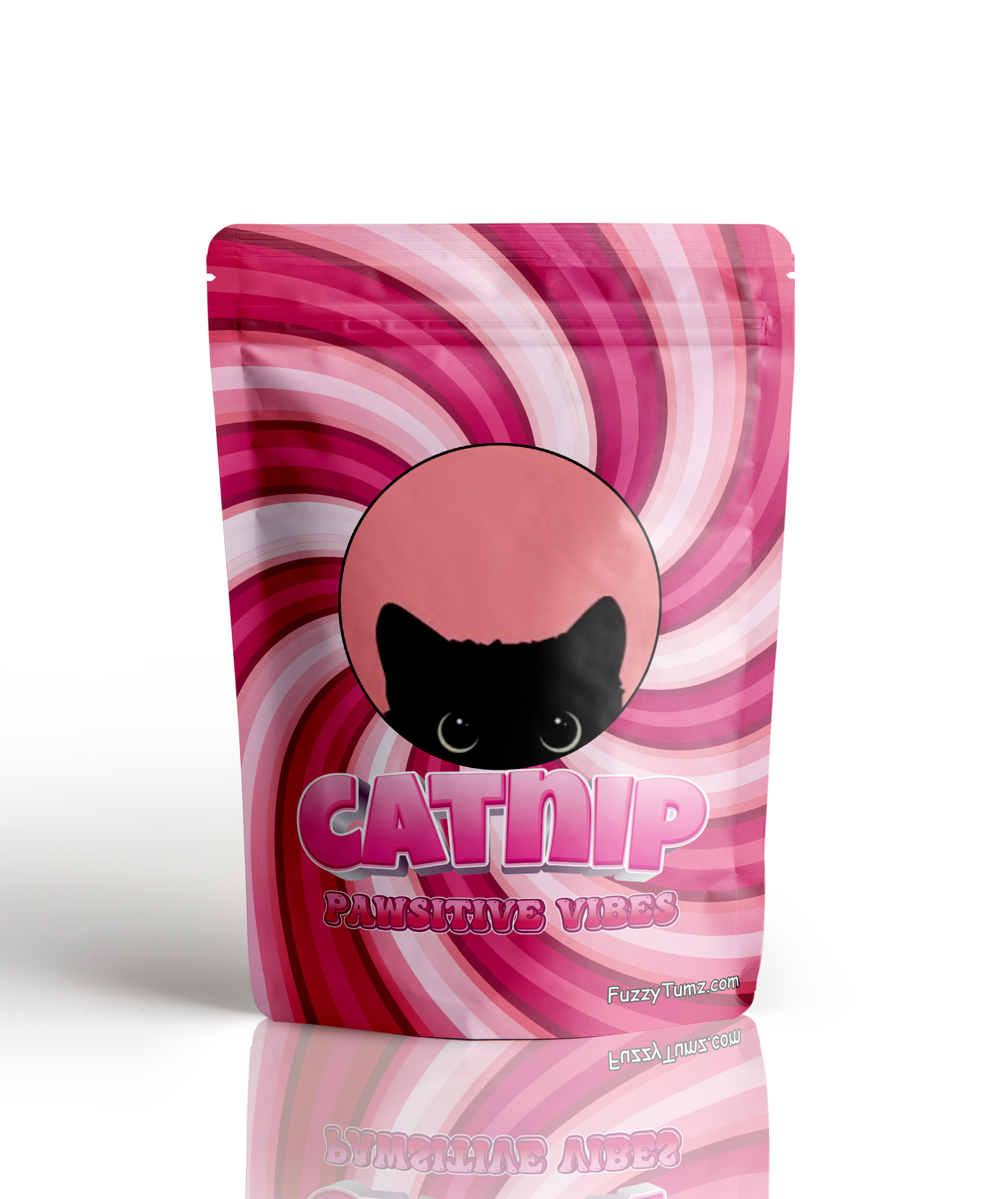Home » Cat Plants » The Dangers of the Fern Palm Plant to Cats

The Fern Palm, also known as the Sago Palm or Cycad, is a highly toxic plant to cats. This ornamental houseplant, commonly found in tropical and subtropical areas, can cause severe poisoning if ingested by felines.
All parts of the Fern Palm are considered poisonous, with the seeds containing the highest concentration of toxic compounds.
Ingestion may cause mild gastrointestinal upset, but is generally not life-threatening.
Ingestion can result in mild symptoms like vomiting, diarrhea, or drooling. Rarely fatal but may require veterinary care.
Eating these plants can lead to more pronounced symptoms like abdominal pain, lethargy, or difficulty breathing. Veterinary intervention may be necessary.
Ingesting even small amounts can cause severe symptoms like organ damage, seizures, or cardiac failure without rapid treatment.
All parts of these plants are extremely poisonous to cats and can quickly lead to death, even with immediate veterinary care.
** Please note: Please note that toxicity level can vary based on the amount ingested and the specific cat. It's always best to keep these plants completely inaccessible to cats and seek immediate veterinary care or call the poison hotline if you suspect your cat has ingested any part of a toxic plant.
If a cat ingests any part of the Fern Palm, it may experience a range of symptoms within 15 minutes to a few hours. These symptoms can include:
If left untreated, Fern Palm poisoning can lead to death within 2-3 days.
If you suspect your cat has ingested Fern Palm, seek veterinary care immediately. Your veterinarian will likely follow these steps to diagnose and treat the poisoning:

A: Yes, cats can be allergic to Fern Palm. Symptoms of an allergic reaction may include itching, sneezing, and skin irritation.
A: Yes, Fern Palm, also known as Sago Palm or Cycas revoluta, is highly toxic to cats. Ingesting any part of this plant, especially the seeds, can cause severe symptoms and can be fatal if not treated promptly.
A: Symptoms of Fern Palm poisoning in cats include vomiting, diarrhea, drooling, lethargy, abdominal pain, and liver failure. Immediate veterinary care is crucial if ingestion is suspected.
A: To prevent contact, ensure that Fern Palm is not present in your home or garden. Keep your cat indoors or monitor outdoor activities closely to avoid exposure.
A: If your cat ingests Fern Palm, contact your veterinarian immediately. Do not induce vomiting unless instructed by a veterinary professional. Immediate medical attention is necessary.
A: Yes, Fern Palm is commonly found in gardens and as an ornamental plant. It is important to ensure this plant is kept out of reach of cats to prevent accidental ingestion.
The Fern Palm belongs to the Cycadaceae family, one of the oldest plant families dating back to the Jurassic period. Despite their name, Fern Palms are not true palms or ferns but are more closely related to conifers.
These plants have been used as ornamental houseplants for centuries due to their attractive, feathery leaves and ability to thrive in a variety of conditions.
Please note: The information shared in this post is for informational purposes only and should not be considered as veterinary medical advice.
